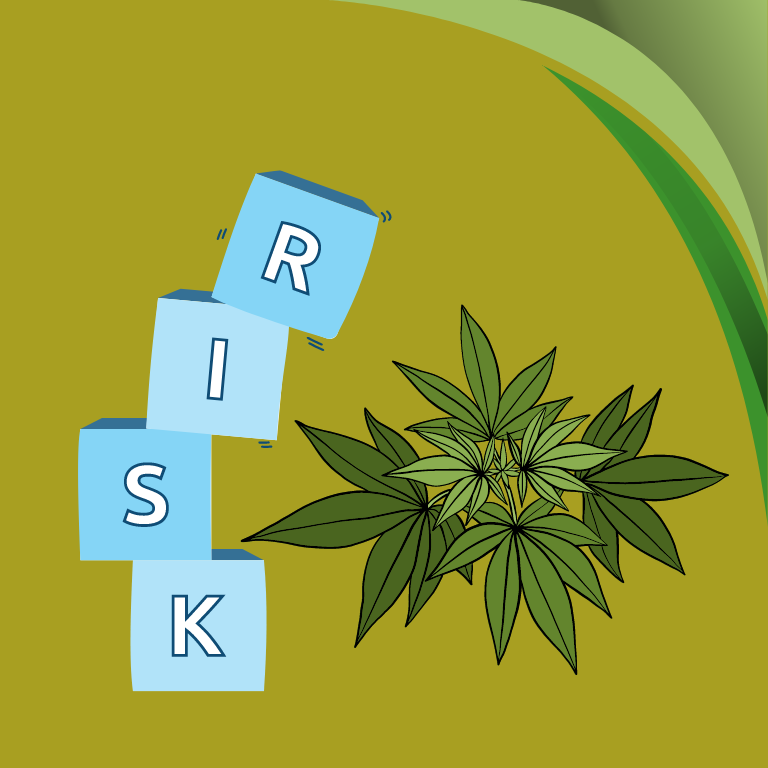Crafting a Risk Management Plan for Cannabis Facilities

Developing a Comprehensive Risk Management Plan for Cannabis Facilities
The burgeoning cannabis industry brings unique challenges, particularly in managing risks associated with cultivation, processing, and distribution. Developing a comprehensive risk management plan is essential for ensuring the safety, security, and compliance of cannabis facilities. This article outlines the key components of an effective risk management plan, focusing on hazard identification, mitigation strategies, and emergency response.
Understanding Risk Management in Cannabis Facilities
Risk management involves identifying, assessing, and prioritizing risks followed by coordinated efforts to minimize, monitor, and control the probability or impact of unfortunate events. In the context of cannabis facilities, this means creating systems to address potential safety, security, and operational hazards.
Why is Risk Management Important for Cannabis Facilities?
Cannabis facilities face a myriad of risks, from regulatory compliance and physical security to worker safety and environmental hazards. An effective risk management plan helps prevent accidents, reduces liabilities, ensures regulatory compliance, and protects both employees and assets.
Key Components of a Risk Management Plan
-
Hazard Identification
Site Assessment
Conducting a thorough site assessment is the first step in identifying potential hazards. This involves examining the physical layout, equipment, and processes within the facility to pinpoint areas of concern.
Common Hazards in Cannabis Facilities
- Fire Hazards: Due to the presence of flammable materials and equipment, fire hazards are significant in cannabis facilities.
- Chemical Hazards: The use of pesticides, fertilizers, and other chemicals can pose health risks to workers.
- Security Risks: Cannabis facilities are targets for theft due to the high value of the products.
- Workplace Injuries: Risks of slips, trips, falls, and repetitive strain injuries are prevalent in cultivation and processing areas.
-
Risk Assessment and Analysis
Quantifying Risks
Once hazards are identified, the next step is to assess the likelihood and potential impact of each risk. This involves using risk assessment tools and techniques to quantify risks and prioritize them based on their severity.
Risk Matrix
A risk matrix helps in visualizing and categorizing risks according to their probability and impact. This tool is useful for decision-making and resource allocation in the risk management process.
-
Mitigation Strategies
Implementing Safety Protocols
Developing and implementing safety protocols is crucial for mitigating identified risks. These protocols should be specific to the hazards present in the facility and should be regularly reviewed and updated.
Engineering Controls
Engineering controls involve making physical changes to the facility to reduce hazards. This can include installing proper ventilation systems, using non-flammable materials, and ensuring equipment is well-maintained.
Administrative Controls
Administrative controls encompass policies and procedures designed to minimize risks. This includes establishing standard operating procedures (SOPs), conducting regular training sessions, and enforcing safety regulations.
Personal Protective Equipment (PPE)
Ensuring that workers have access to and are trained in the use of appropriate PPE is vital for mitigating risks associated with physical and chemical hazards.
-
Emergency Response Planning
Developing an Emergency Response Plan
An emergency response plan outlines the procedures to be followed in the event of an emergency. This plan should address various potential scenarios, such as fires, chemical spills, and security breaches.
Emergency Response Team
Forming an emergency response team trained in specific emergency protocols is essential. This team should conduct regular drills and simulations to ensure readiness.
Communication Plans
Effective communication during an emergency is critical. Establishing clear communication channels and procedures ensures that all employees know what to do and who to contact in an emergency.
-
Monitoring and Review
Continuous Improvement
Risk management is an ongoing process. Regular monitoring and review of the risk management plan ensure that it remains effective and up-to-date with any changes in the facility or industry regulations.
Audits and Inspections
Conducting regular audits and inspections helps in identifying any new hazards or lapses in existing safety measures. These should be part of a routine schedule to maintain high safety standards.
Employee Feedback
Incorporating employee feedback into the risk management process can provide valuable insights into potential risks and the effectiveness of current mitigation strategies.
Developing a comprehensive risk management plan for cannabis facilities is essential for ensuring safety, security, and compliance. By systematically identifying hazards, assessing risks, implementing mitigation strategies, and planning for emergencies, cannabis businesses can protect their employees, assets, and reputation. Continuous monitoring and improvement of the risk management plan will ensure that the facility remains safe and efficient in the dynamic cannabis industry.











